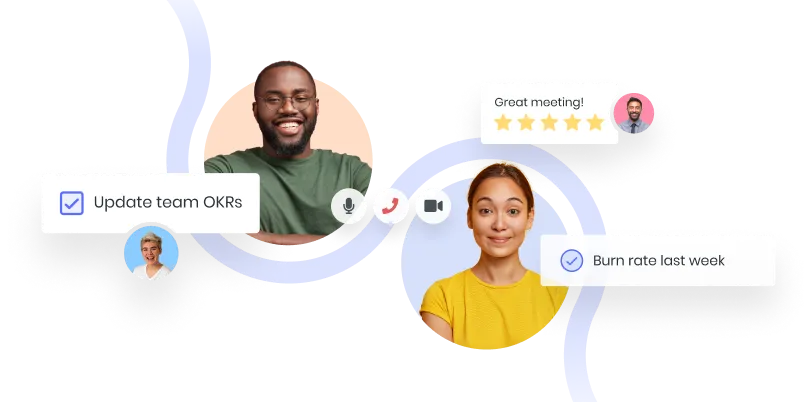.png)

Presenter:
Project:
Video Call Link:
Design Prototype Link:
--
Goal or Problem
Give a brief summary of the project goal or problem you are trying to solve with this design including relevant info on the audience and expected results.
Presentation
Present the design. Optionally, if you have more than one version, you may want to show all versions and explain your analysis of them.
Questions
The group will then discuss the design. Rather than making observations or judgments, try to mostly ask questions, such as:
- “Did you consider using a visual to explain what’s going on instead of a paragraph of text?”
- “How come you decided to go with a segmented control instead of a preview of each section?”
- “Why does this pane slide in from the side instead of from the bottom?”
- “Have you seen App X? It does something similar and feels better/worse.”
Notes & Unanswered Questions
Note insights about the design here. Remember, you do not need to decide what to do with this information at this meeting. The main purpose is to get new thinking out into the open.
Action Items
- @name Task by DUE-DATE
Despite its name, the goal of having a design critique is not to judge or criticize a designer’s work. So first, a note on mindset. Recognize that the set of choices in any design problem is enormous. When we can help anticipate the pros and cons of these choices, we make well-considered, better decisions. So in a critique, our role is to help a designer consider additional ways of addressing a problem and then to help them make intentional decisions in weighing various options.
This sample meeting agenda follows a simple pattern. First, the designer will explain what they are trying to solve or accomplish and present their work. If questions or comments come up during this part of the meeting, make a note of them and save them.
After the presentation, it is time for questions and comments about the design. Try to frame each comment in a way that is going to be helpful. For example, simply saying, “I don’t like the way this looks,” is not helpful at all. You might try something more like, “Visually, I find my eyes struggle with what to look at first. Should the image, title, and logo all be getting relatively equal visual weight?”

.png)





